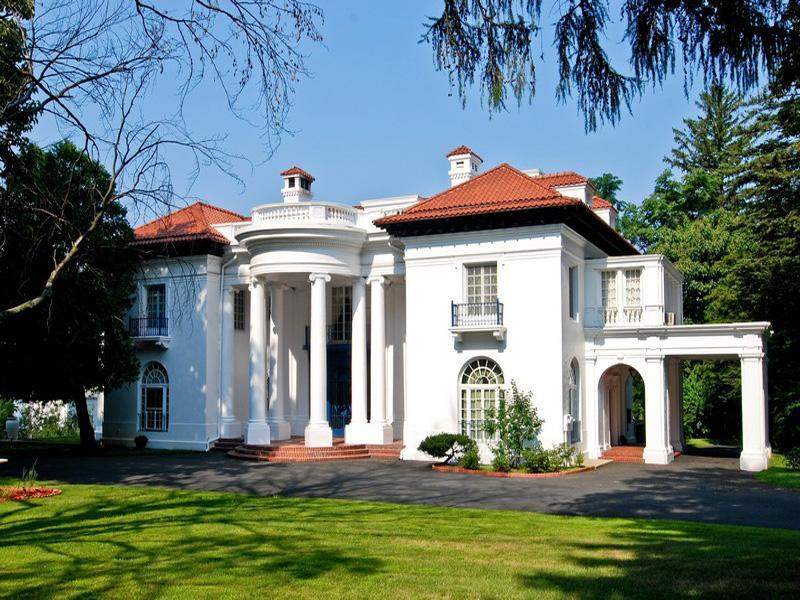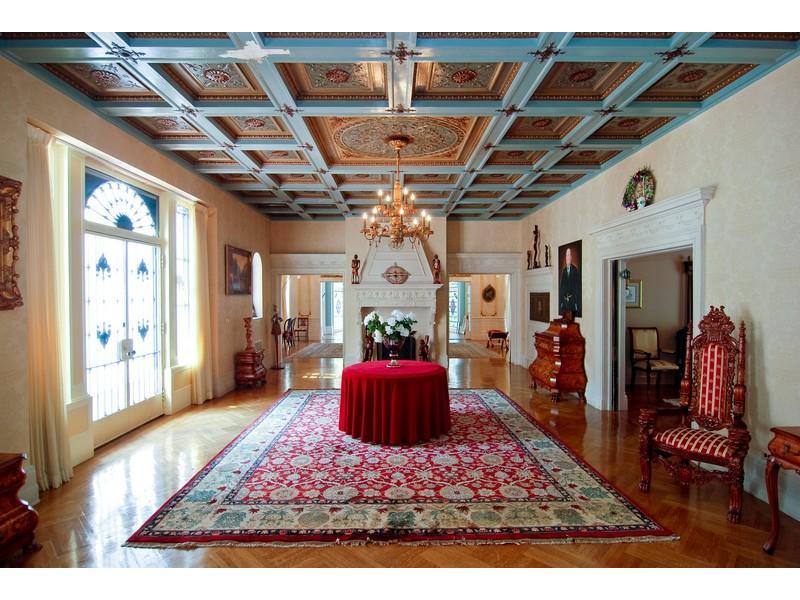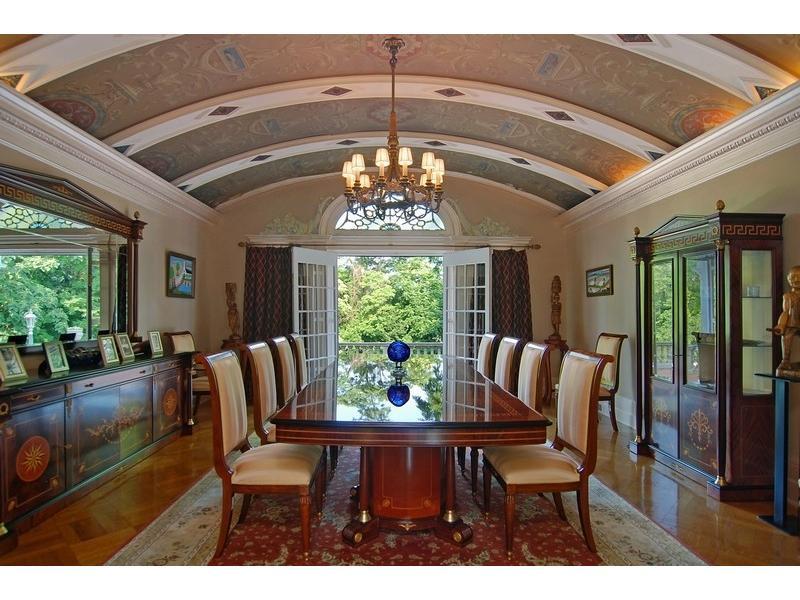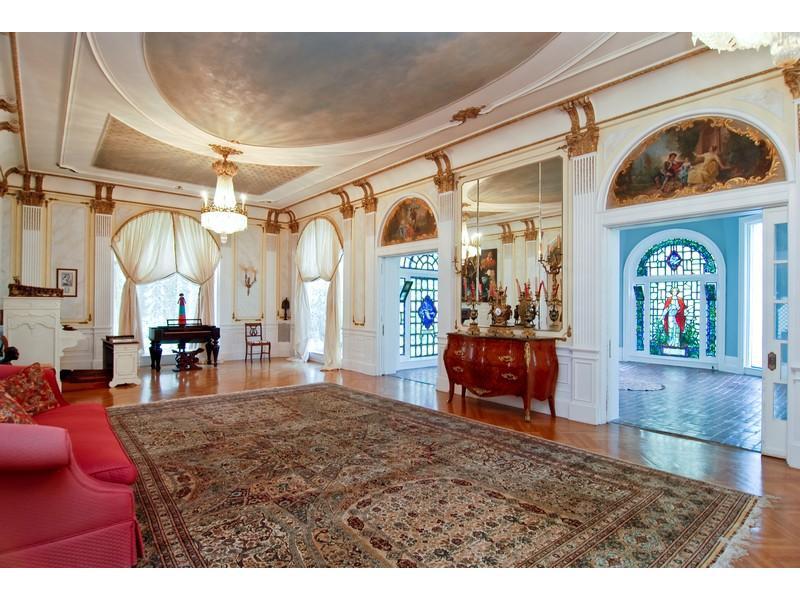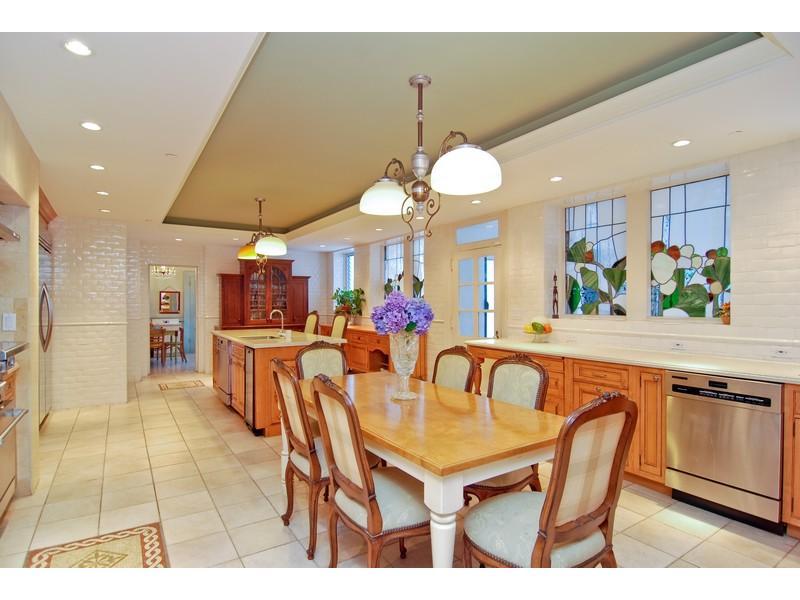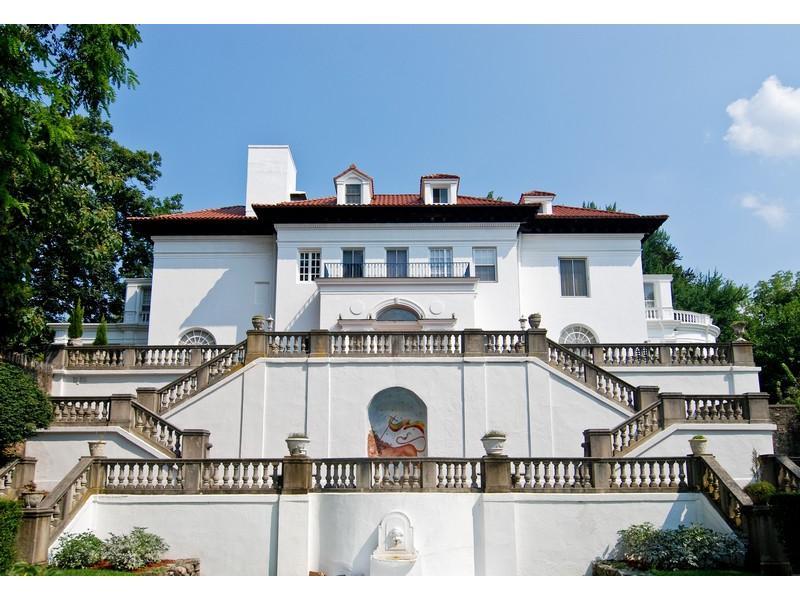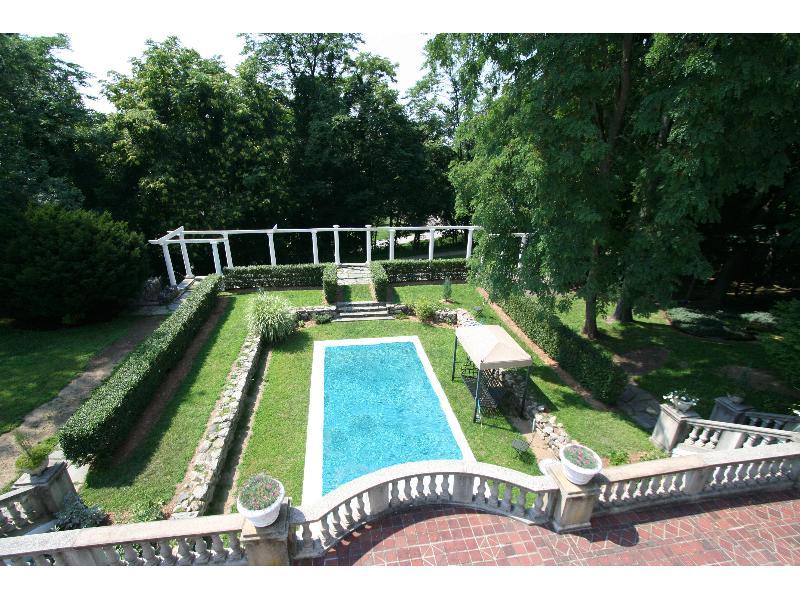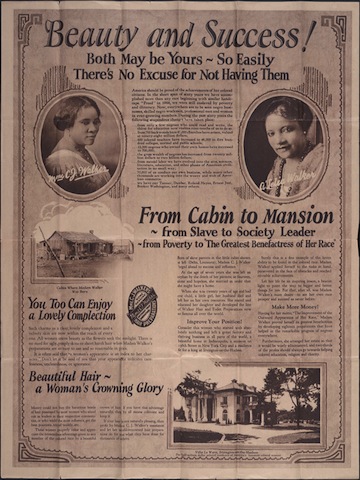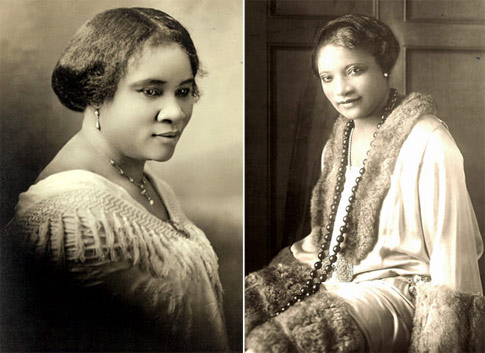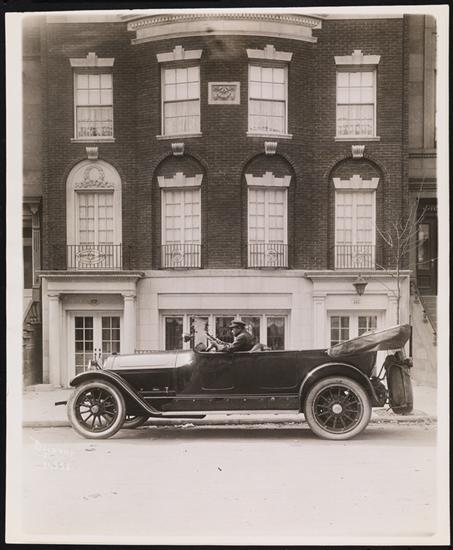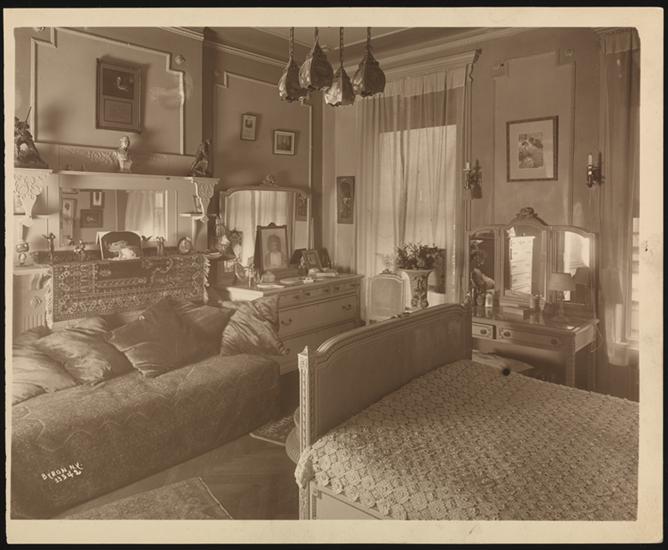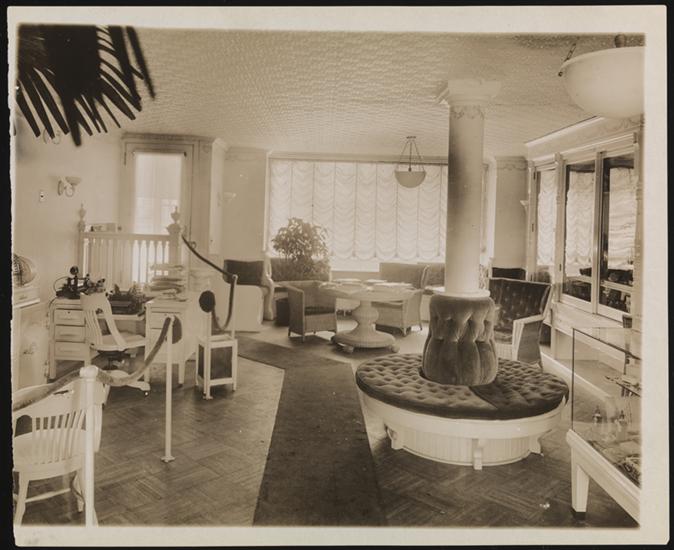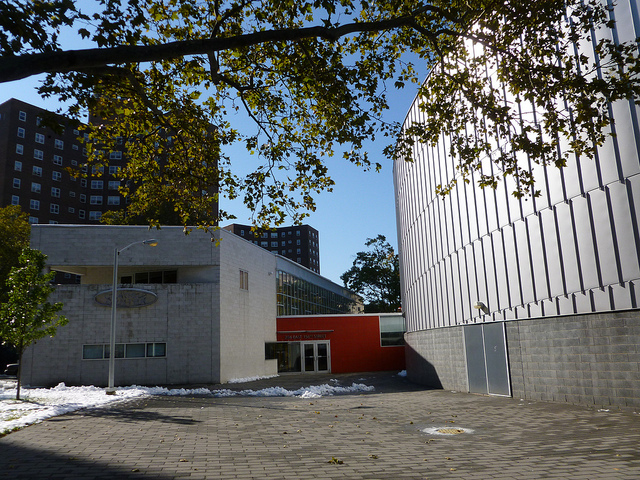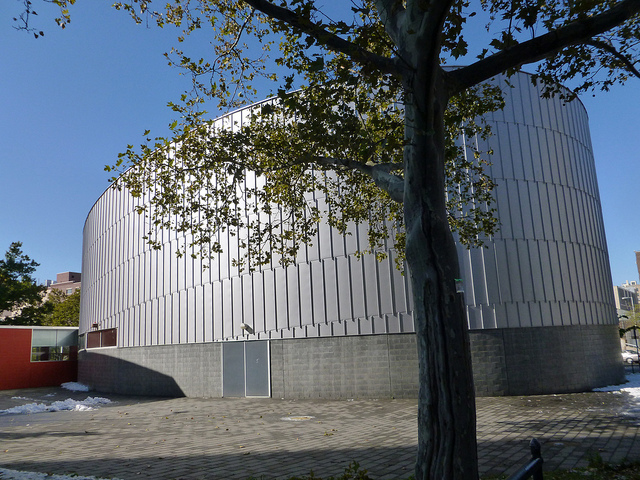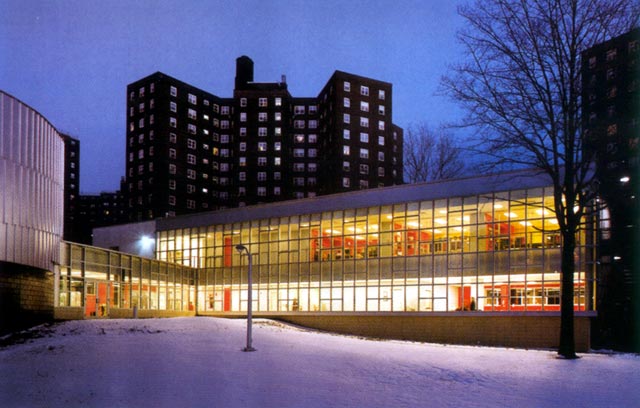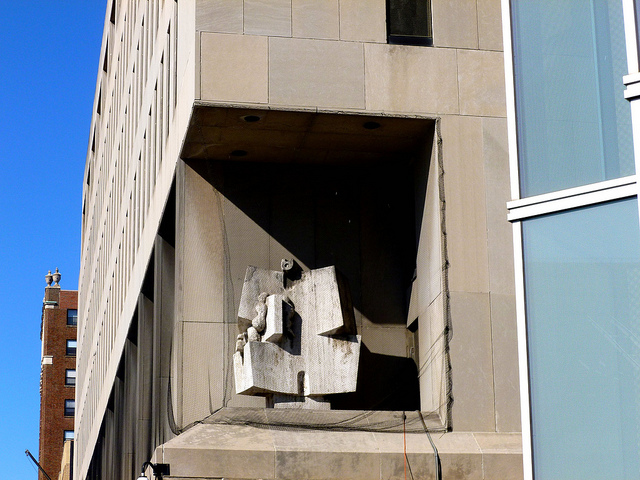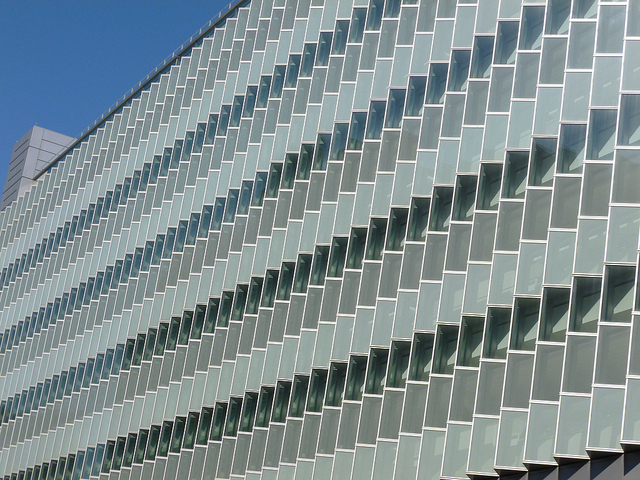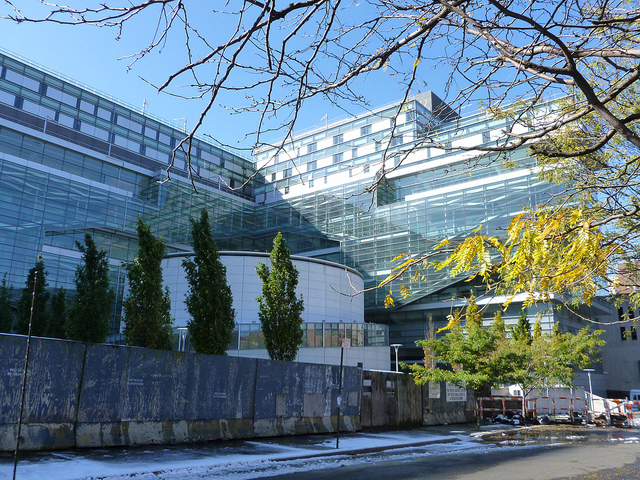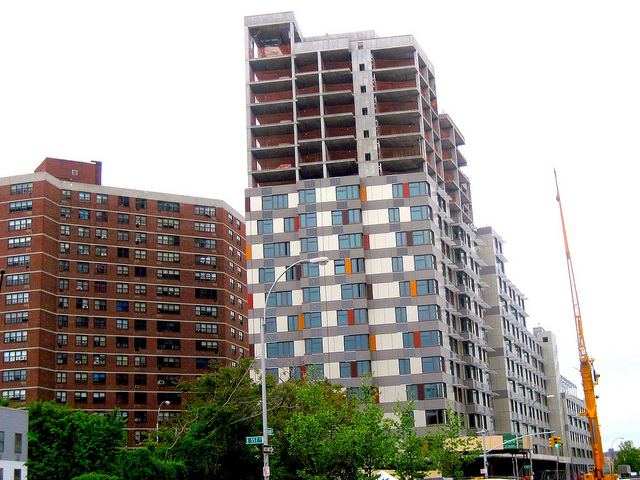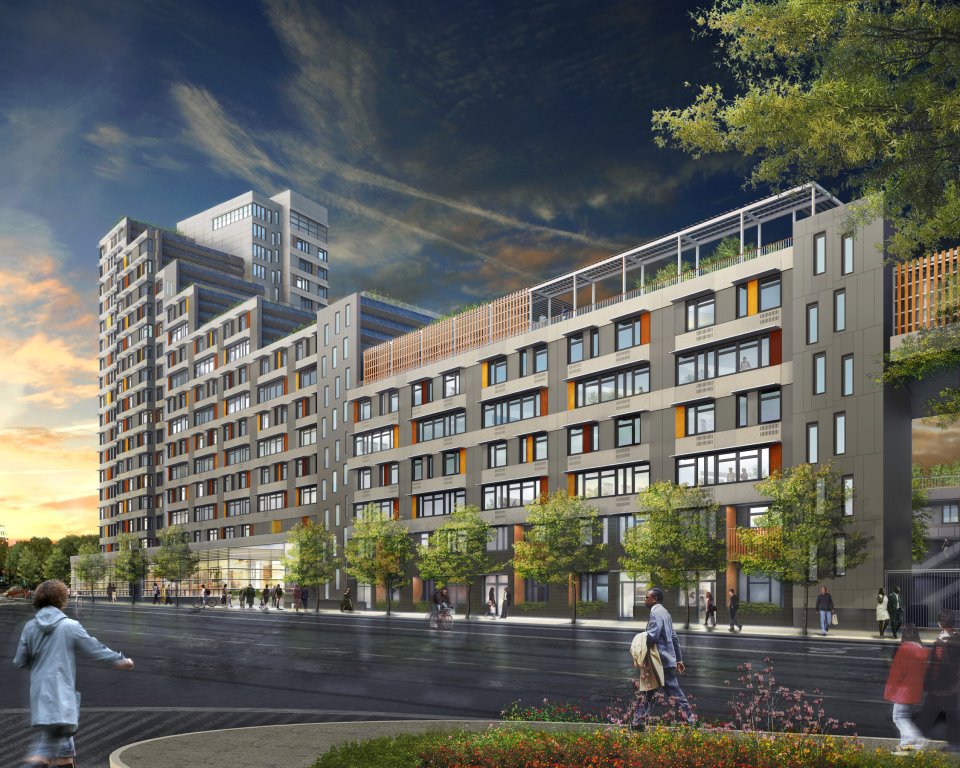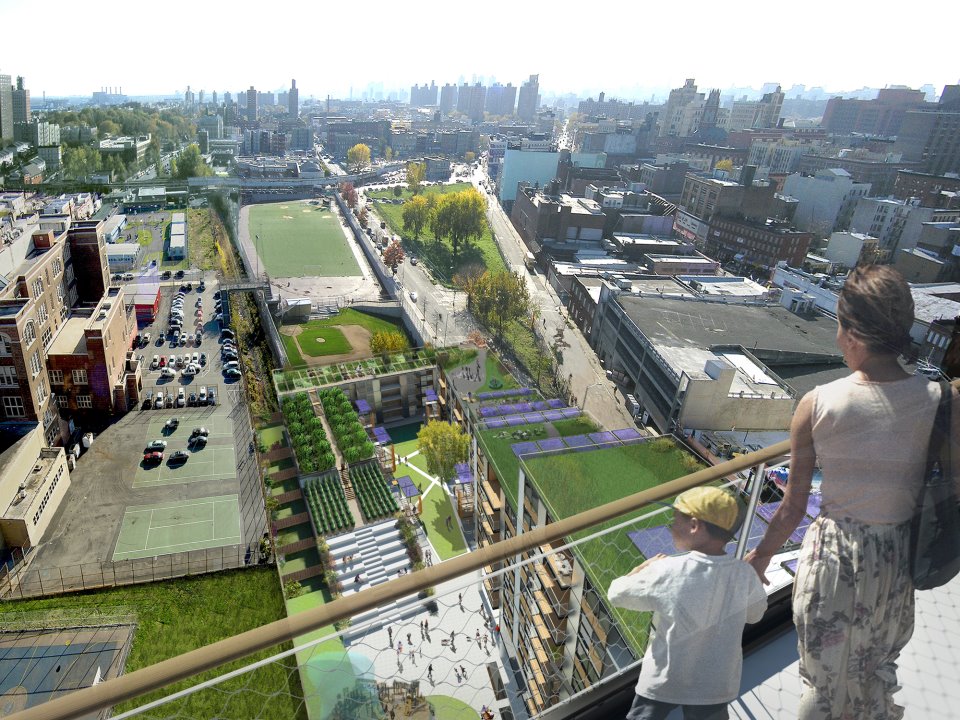Donald M. Kendall Sculpture Gardens at PepsiCo World Headquarters
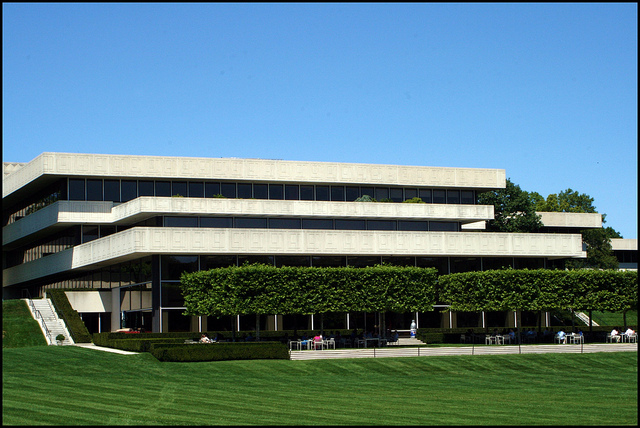 At the Pepsico Headquarters, the buildings were built directly into the land, bringing the beauty of nature together with great architecture. I love meandering about the grounds of the PepsiCo World Headquarters. The sculpture garden always amazes me, and every time that I visit, feels like a brand new experience. It is definitely one of my favorite destinations in Westchester County.
At the Pepsico Headquarters, the buildings were built directly into the land, bringing the beauty of nature together with great architecture. I love meandering about the grounds of the PepsiCo World Headquarters. The sculpture garden always amazes me, and every time that I visit, feels like a brand new experience. It is definitely one of my favorite destinations in Westchester County.
Have you ever wanted to work in a gorgeous setting that marries nature, and masterful architecture? In 1971, PepsiCo decided to move their world headquarters from New York City, relocating 30 miles north to the pastoral confines of Purchase, New York. Decades later, this thoughtful decision has reaped tremendous rewards, as employees, and the public have benefited by having access to one of the most magnificent corporate campus settings in the country.
Westchester Magazine once named the PepsiCo World Headquarters one of the “10 most beautiful buildings in Westchester.” This distinction is well-earned, as in 2009 it also received the Landmark Award from the American Society of Landscape Architects in collaboration with the National Trust for Historic Preservation, recognizing the complex, “as an example of how a careful composition of landscape of sculpture, fountains, and gardens can uplift a corporate campus environment, and enhance the quality of employees’ attitudes, lifestyles, and overall performance, even after decades of use.”
Some of the twentieth century’s greatest artists, including Alexander Calder, Joan Miró, Henry Moore, George Segal, and Auguste Rodin have their masterpieces on display for free in Westchester County, New York. The Donald M. Kendall Sculpture Gardens at PepsiCo World Headquarters has more than 45 works located throughout its 168 bucolic acres, which are open to the public. The gardens have no admission charge.
Russell Page, one of the world’s foremost landscape architects, designed the gardens, which have been extended over the years by François Goffinet. Donald M. Kendall, the former president of the board and chief executive officer of PepsiCo, Inc, collected the sculptures. He conceived the gardens to foster, “an atmosphere of stability, creativity and experimentation that would reflect his vision of the company.” The building complex, consisting of seven, three-story buildings, was designed by architect Edward Durell Stone.
The glorious gardens are open throughout the year, and in warmer weather, it is the perfect place for a picnic, as tables are available onsite. It is a wonderful destination, whether one is an art enthusiast, nature lover, or just appreciates being in glorious surrounding for a few hours for quiet contemplation. If planning a day trip from New York City, also check out the renowned Neuberger Museum of Art. There really is no better way to spend a day immersed in 20th century contemporary art, both indoors and outdoors.
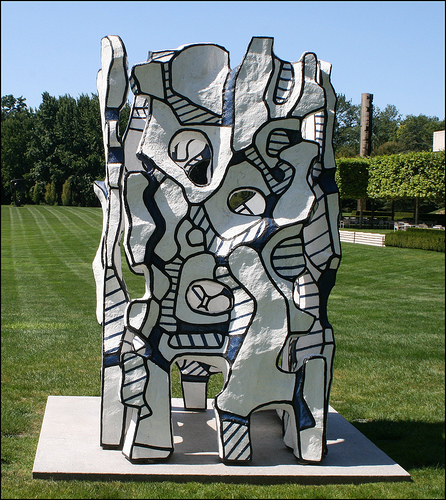
Kiosque l'évidé, 1970 by Jean Dubuffet
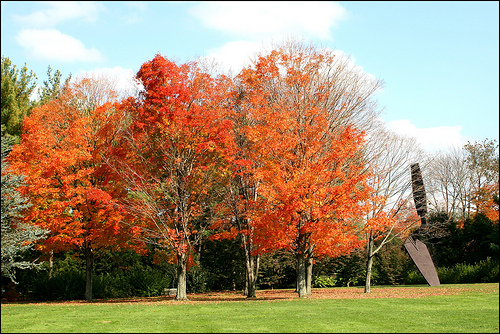
Giant Trowel II by Claes Ogdenberg
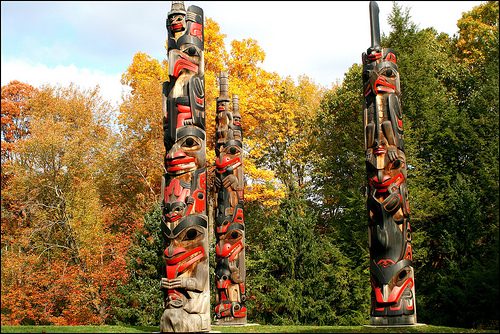
Totems by Robert Davidson
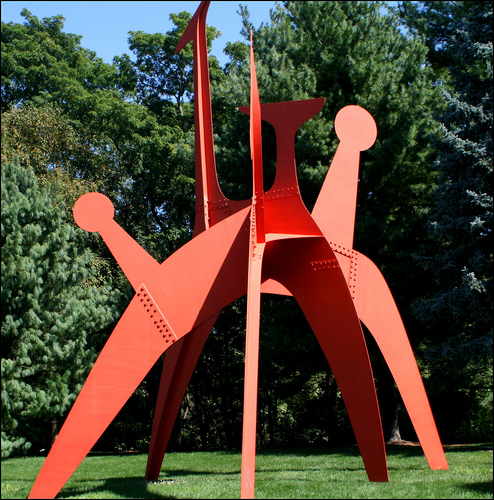
Hats Off by Alexander Calder
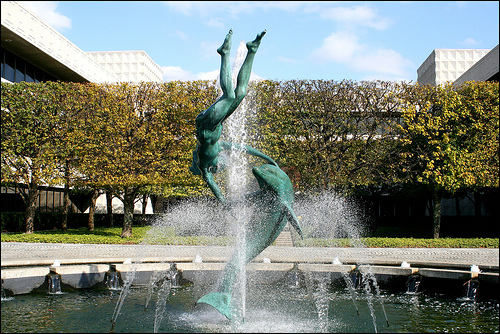
Girl with a Dolphin, David Wynne (1972)
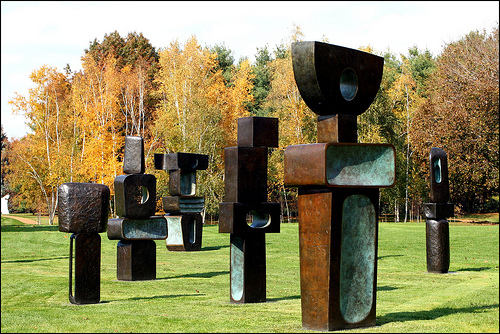
The Family of Man by Barbara Hepworth
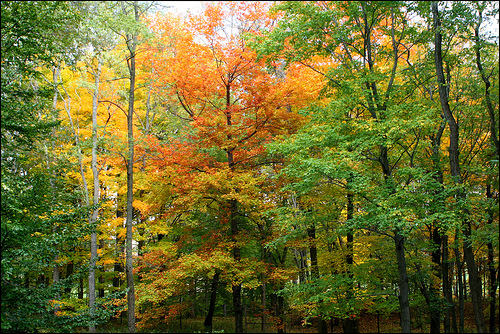
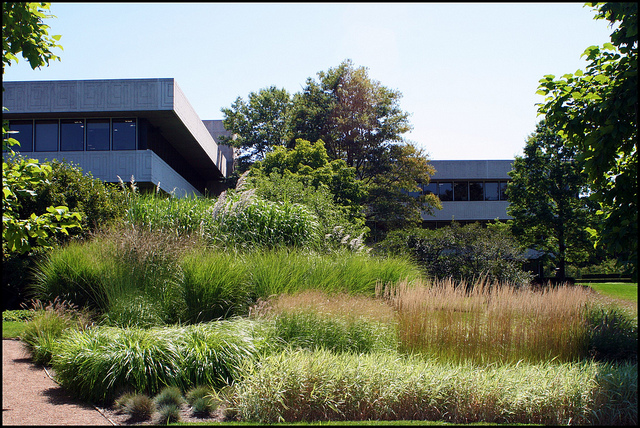
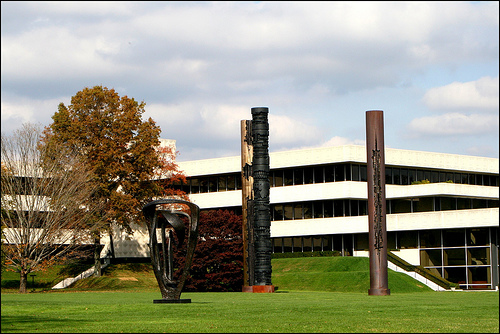
Meridian by Barabara Hepworth and Triad by Arnaldo Pomodoro
For more information:
PepsiCo Sculpture Gardens- 700 Anderson Hill Road, Purchase, NY
Individuals are welcome to enjoy the gardens and sculptures. To confirm the gardens are open, please call 914-253-3150 before your arrival.
General Public Hours: Weekends ONLY Saturday, April 2, 2022, to Sunday, October 30, 2022, from 10 a.m. to 4 p.m.
Admission: Free
 Deena Parham
Deena Parham